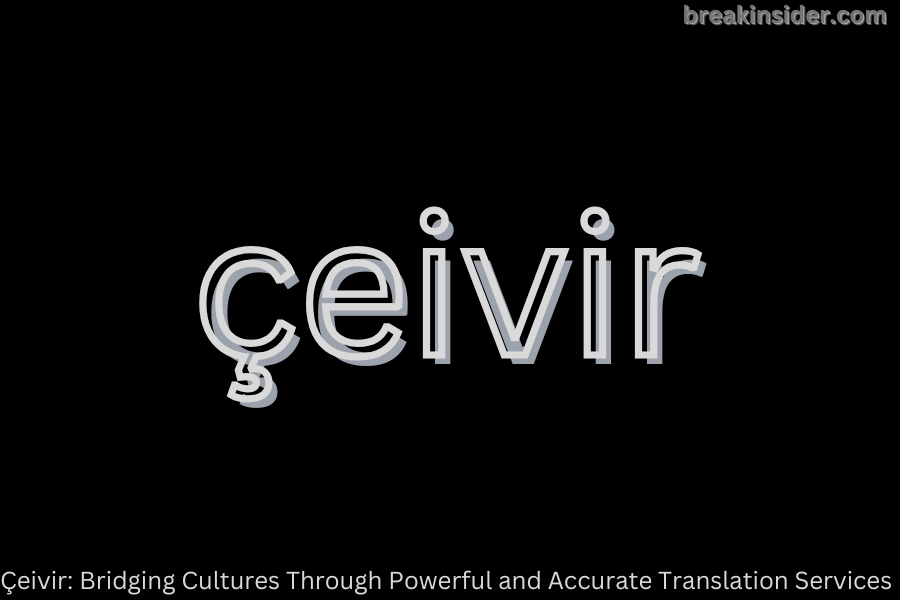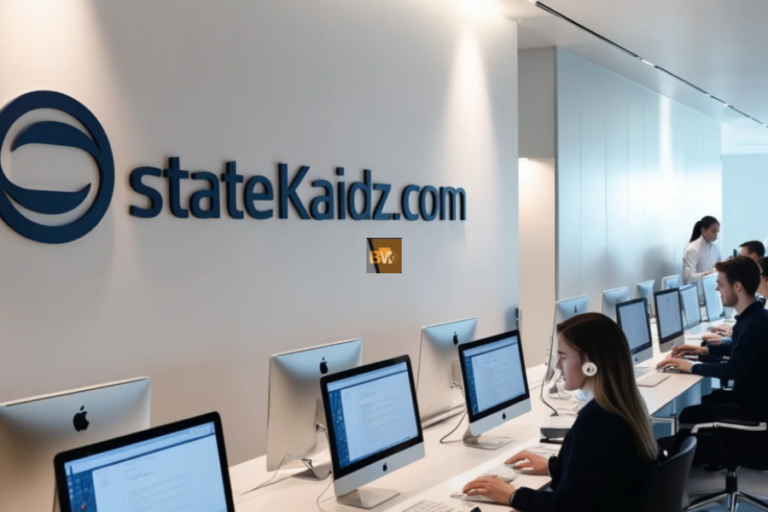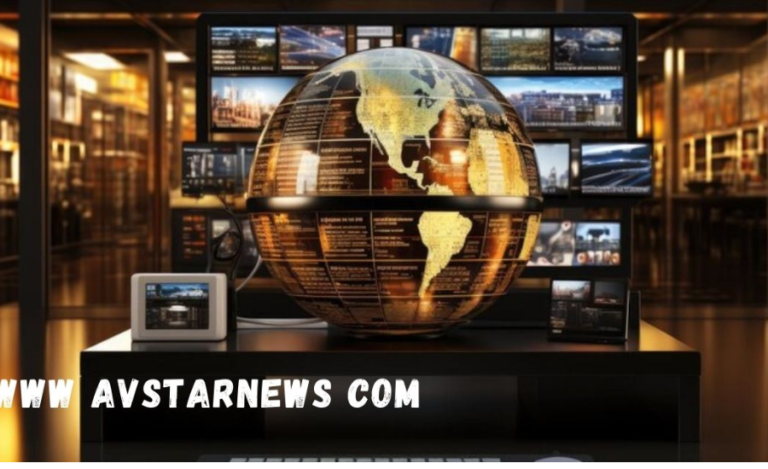Understanding Çevir: A Comprehensive Guide to Translation and Localization
In our increasingly interconnected world, “çevir,” which translates to translation and localization, plays a crucial role in bridging cultural gaps, enhancing communication, and expanding global access to diverse media, products, and services.
From transforming books into other languages to making apps relevant across borders, çevir goes far beyond merely switching words; it tailors messages to resonate contextually with new audiences. As businesses and individuals alike strive to connect with global markets, understanding the process, benefits, and challenges of çevir becomes essential.
The Origins and Evolution of Translation
Early Beginnings
The history of translation dates back to ancient civilizations such as the Sumerians and Egyptians, who required translation to communicate across their extensive empires. The famed Rosetta Stone stands as a testament to early translation practices, offering the same text in three different scripts and aiding modern understanding of ancient Egyptian writing.
This early example demonstrates how translation has long been a means of preserving knowledge and fostering cross-cultural dialogue.
Evolution Over Time
Over centuries, translation grew more sophisticated. During the medieval period, religious texts, especially the Bible, were translated into various languages to spread religious teachings widely. The 20th century saw translation evolve into a professional industry, driven by globalization, international business, and advances in communication technologies. With this evolution came specialized fields and professional organizations, recognizing translation as a critical skill in bridging diverse societies.
Exploring Types of Translation
Literary Translation
Literary translation involves translating books, poems, and other artistic texts. Here, the focus isn’t just on conveying words but on preserving the author’s voice, intent, and unique style. Literary translators must ensure the translated work captures the emotional and cultural nuances of the original text, providing readers an experience similar to that of the source material.
Technical Translation
Technical translation covers fields such as engineering, IT, and other specialized industries, where precision is paramount. Translating technical manuals, user guides, and instruction booklets requires a strong grasp of the subject matter and a deep understanding of technical jargon. An error in technical translation can lead to misinterpretations that may impact usability or safety.
Legal Translation
Legal translation involves translating contracts, treaties, patents, and other legal documents. Since accuracy in legal documents is non-negotiable, even a slight error could lead to legal ramifications. Legal translators must be meticulous, with a sound understanding of legal terminology in both source and target languages.
Medical Translation
Medical translation is essential in healthcare, where precise translation of medical records, prescriptions, research papers, and other documents is crucial. This field requires translators with a deep knowledge of medical terms, treatments, and cultural variations in healthcare practices to ensure patient safety and accurate information transfer.
The Role of Localization in Çevir
Definition and Importance
Localization is more extensive than translation, as it adjusts not only language but also cultural references to suit the target audience. This includes considering local customs, preferences, and values to make the content feel as though it was originally created for that audience. For example, a successful localization of a website might involve adapting date formats, currency symbols, and imagery to align with cultural sensibilities.
Localization vs. Translation
While translation is primarily about converting text, localization ensures the product or message feels native to the new audience. For instance, localizing a marketing campaign goes beyond word-for-word translation to involve cultural insights that resonate with local values, resulting in stronger customer engagement and brand loyalty.
Çevir in the Digital Age
The Impact of Technology
Technology has profoundly transformed çevir, making translation faster and more accessible. From the initial days of manual translation to modern automated systems, advancements have made it possible to handle large-scale translation projects efficiently. Technologies such as Computer-Assisted Translation (CAT) tools and machine translation engines like Google Translate have become indispensable in the translation industry.
Tools and Software for Translation
Today, translation projects often employ tools that increase accuracy and consistency, such as CAT tools, which allow translators to use translation memories and glossaries. Machine translation powered by artificial intelligence (AI) can produce instant translations for basic understanding, although human translators are still essential to refine these machine-generated results for cultural and contextual accuracy.
Key Components of Effective Translation
Accuracy
Accurate translation is critical to ensure the message remains consistent with the original. An effective translation should reflect not only the precise meaning of each word but also the intent and tone of the source text.
Cultural Sensitivity
An understanding of cultural differences is essential. Translators must ensure that the content is culturally appropriate, as even minor misinterpretations can lead to misunderstandings or offense.
Consistency
Consistency in terminology and style across documents helps in maintaining a coherent message, especially in technical and corporate contexts. For example, a multinational company benefits from consistent branding across different regions, building trust and familiarity with its audience.
Challenges in Translation and Localization
Linguistic Nuances
Every language has unique expressions, idioms, and wordplay that don’t always translate directly. Translators must navigate these linguistic nuances skillfully to retain the original text’s meaning and emotional impact.
Cultural Differences
Cultural differences often pose challenges, as certain references or phrases might be unfamiliar or unacceptable in another culture. Effective localization demands a comprehensive understanding of the target culture to avoid pitfalls and ensure relevancy.
Maintaining Context
Especially in creative or literary works, maintaining the context, tone, and style of the original content is crucial. A joke or metaphor in one language may fall flat in another, so translators must adapt content thoughtfully to preserve the original’s intended experience.
Best Practices for Translators
Continuous Learning
Languages evolve, and translators should keep up-to-date with the latest linguistic and cultural trends. This can enhance the quality of translations, making them more accurate and relatable.
Use of Technology
Using CAT tools and translation memories can streamline workflows and ensure accuracy. These tools are invaluable for managing large projects and maintaining consistency across numerous translations.
Collaboration with Native Speakers
Collaborating with native speakers ensures that translations are not only accurate but also culturally sensitive and linguistically polished.
Çevir and Business
Global Market Reach
Effective çevir opens doors for businesses to reach global markets, increasing their potential customer base. A well-localized website, for example, makes it easier for international customers to engage with a brand, driving global expansion.
Brand Consistency
Maintaining a consistent brand voice across various languages reinforces a company’s identity and builds trust with customers. Businesses that ensure brand consistency through quality translation achieve a stronger international presence.
Customer Engagement
Localized content is more likely to resonate with customers, leading to higher engagement and loyalty. When customers feel that a brand understands their language and culture, they are more likely to connect with the brand personally.
Case Studies of Successful Localization
Companies such as Coca-Cola and Netflix have excelled in localization, tailoring campaigns to suit different cultural landscapes. Coca-Cola, for example, adapts its advertising strategies to fit local preferences, establishing itself as a familiar and relatable brand worldwide. Netflix customizes its content offerings based on regional interests, making it a favorite among international audiences.
These examples highlight that localization is a strategic asset, not merely an add-on. Successful localization efforts require thorough market research and cultural understanding, which can result in stronger market positions and customer loyalty.
The Future of Çevir: Emerging Trends
The Role of AI and Machine Learning
AI and machine learning are poised to make translations faster and more accurate. With tools like neural machine translation, the quality of automated translations has improved, though human oversight remains crucial for nuanced content.
Choosing the Right Translation Service
When selecting a translation service, factors such as expertise, cost, and quality should guide the decision. For high-stakes projects, hiring certified professionals—those recognized by bodies like the American Translators Association—ensures quality and reliability.
Conclusion
In our globalized world, çevir is more than just a means of communication; it’s a bridge that connects cultures, markets, and individuals.
As technology advances, translation and localization will continue to evolve, bringing greater efficiency and accessibility. However, the human touch remains irreplaceable, ensuring that translations not only communicate accurately but also resonate on a cultural level.
FAQs
What is the difference between translation and interpretation?
Translation is written, while interpretation deals with spoken language.
How can I ensure translation quality?
Choose experienced, certified translators and request samples or reviews.
What are common languages in translation?
Common languages include English, Spanish, Chinese, French, German, and Arabic.
How does machine translation compare to human translation?
Machine translation is quick but lacks the nuance of human translation.
Why is cultural sensitivity important in translation?
It prevents misunderstandings and fosters meaningful connections with the target audience.
Unlock the latest insights in tech and apps at TheAppKod.







